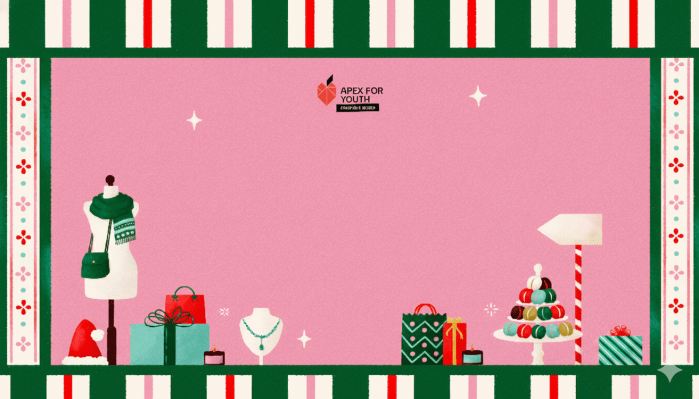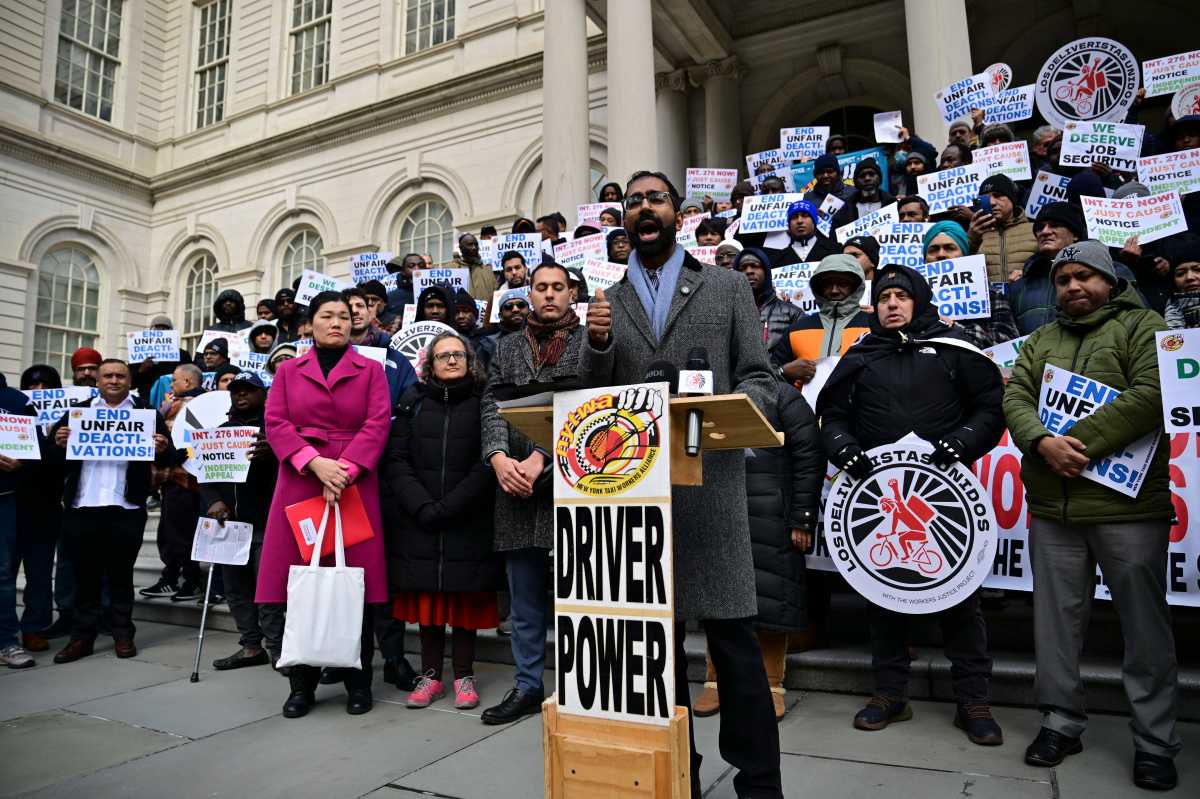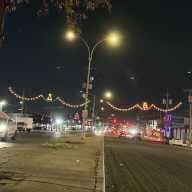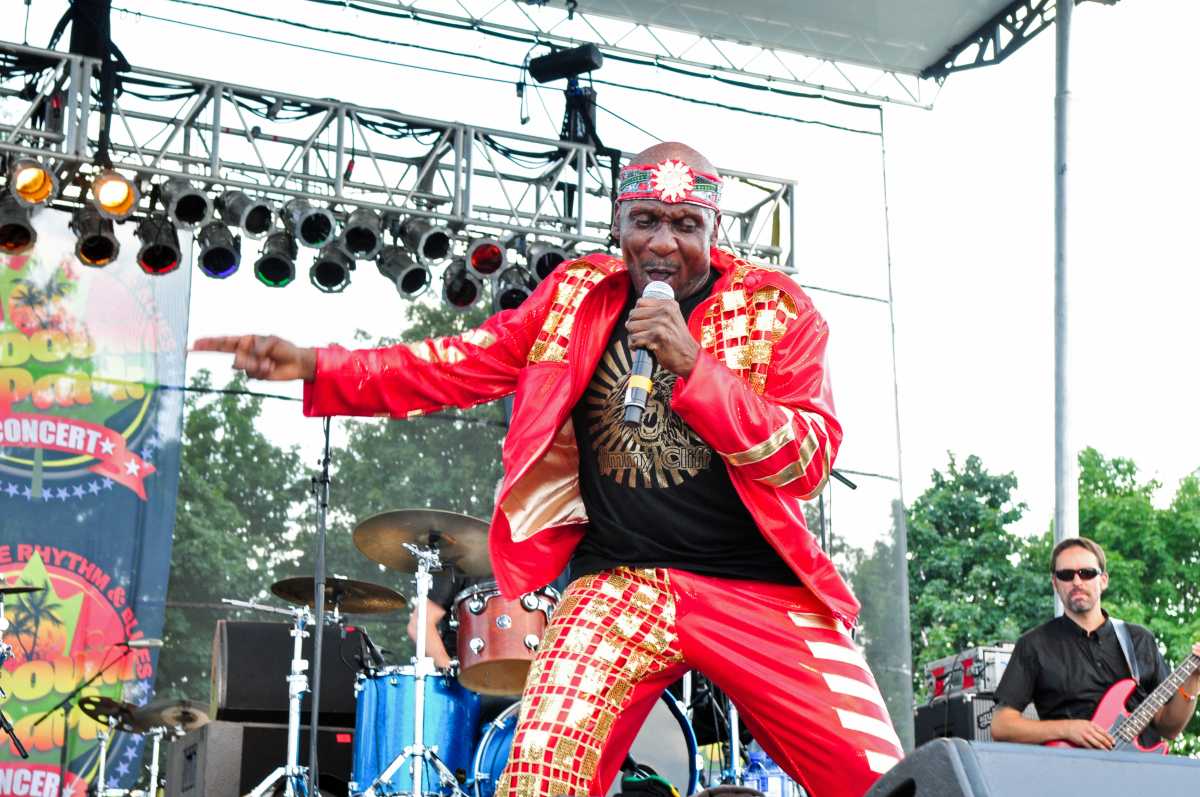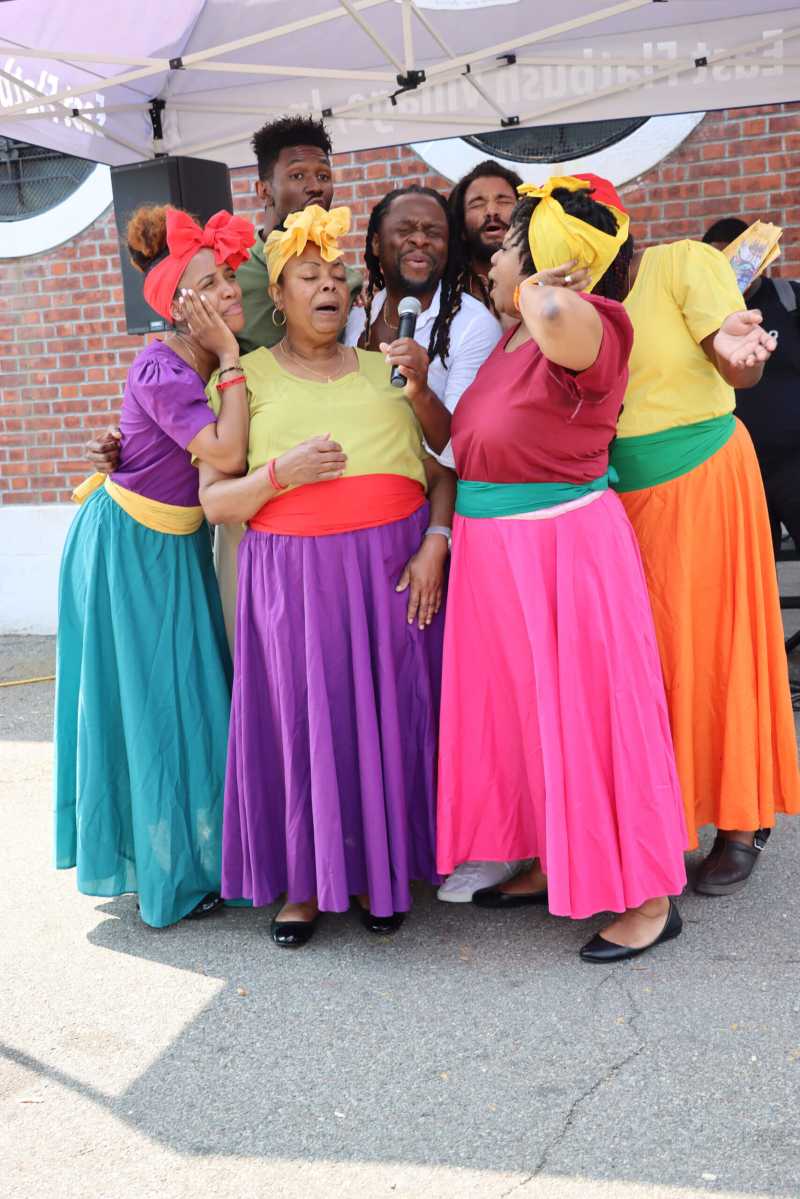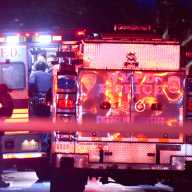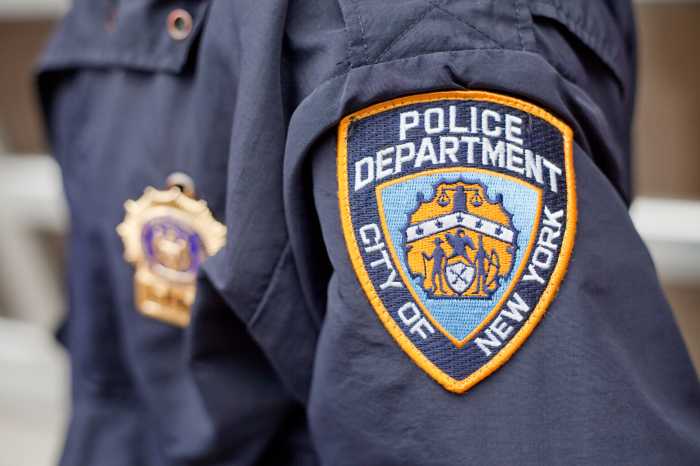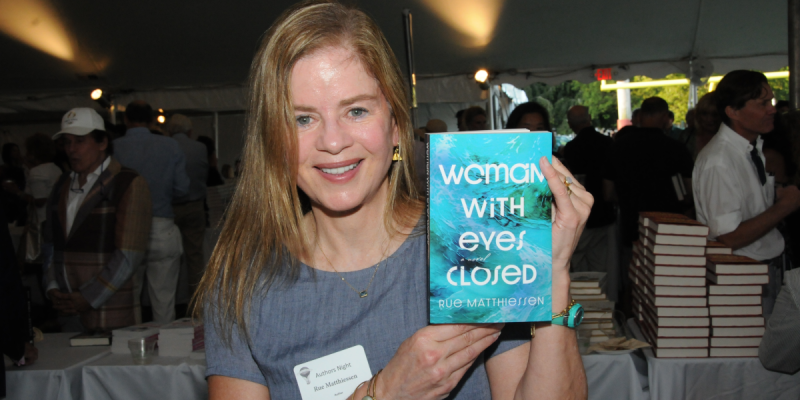Nearly one in five New Yorkers lived below the federal poverty line of $15,577 in 2004-2005, according to data released recently from the U.S. Census Bureau.
While the city numbers remained on par with those of the past few years, they are nearly 5 percent higher than the New York State average (14.8 percent) and well above the national average (12.6 percent).
“The numbers are pretty much what we expected,” said Joel Berg, executive director of the Coalition Against Hunger. “Theoretically, there is all this economic growth; theoretically there is all this job growth; but we know it is not reaching down.”
In addition, according to the census figures, New York State was the only state in the country that saw increases in both the poverty numbers as well as overall income, creating an even bigger disparity in where wealth is concentrated, Berg said.
“These should be sobering statistics to our elected officials,” said Berg, stressing that there has to be an end to giving tax breaks for the rich and cutting programs that help create living wage jobs for residents. “We have to get back to the time that if you work for a living, you can feed yourself.”
Although Berg said that the data collected for Queens specifically shows the poverty rate at about 12 percent, that number may not be a completely accurate representation due to a small sample size. Berg also said that the Queens' numbers, which only includes those who chose to be counted, could be under-represented because of the high-immigrant population, many of which who are here illegally and would not volunteer this information.
In addition, according to 2004 data from the U.S. Department of Agriculture and analyzed by the New York City Coalition Against Hunger, out of the 3.6 million working adults in New York City, nearly 425,000 (12 percent) lived in homes without sufficient food.
“I am determined to close the gap between the number of New Yorkers in need of food aid and the number actually receiving such aid,” said New York City Public Advocate Betsy Gotbaum, after the number of city residents participating in summer food stamp programs dropped for the second straight summer.




